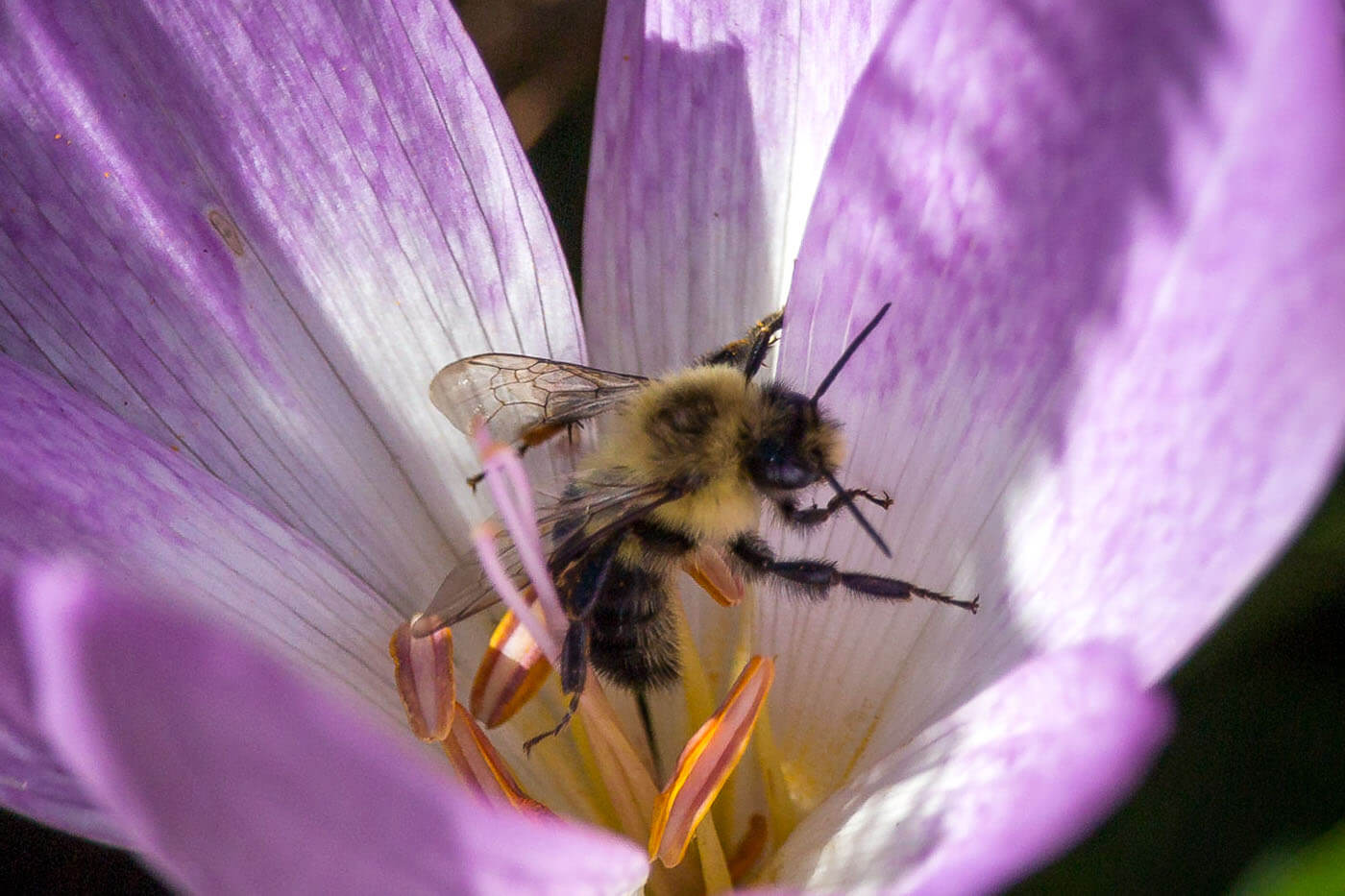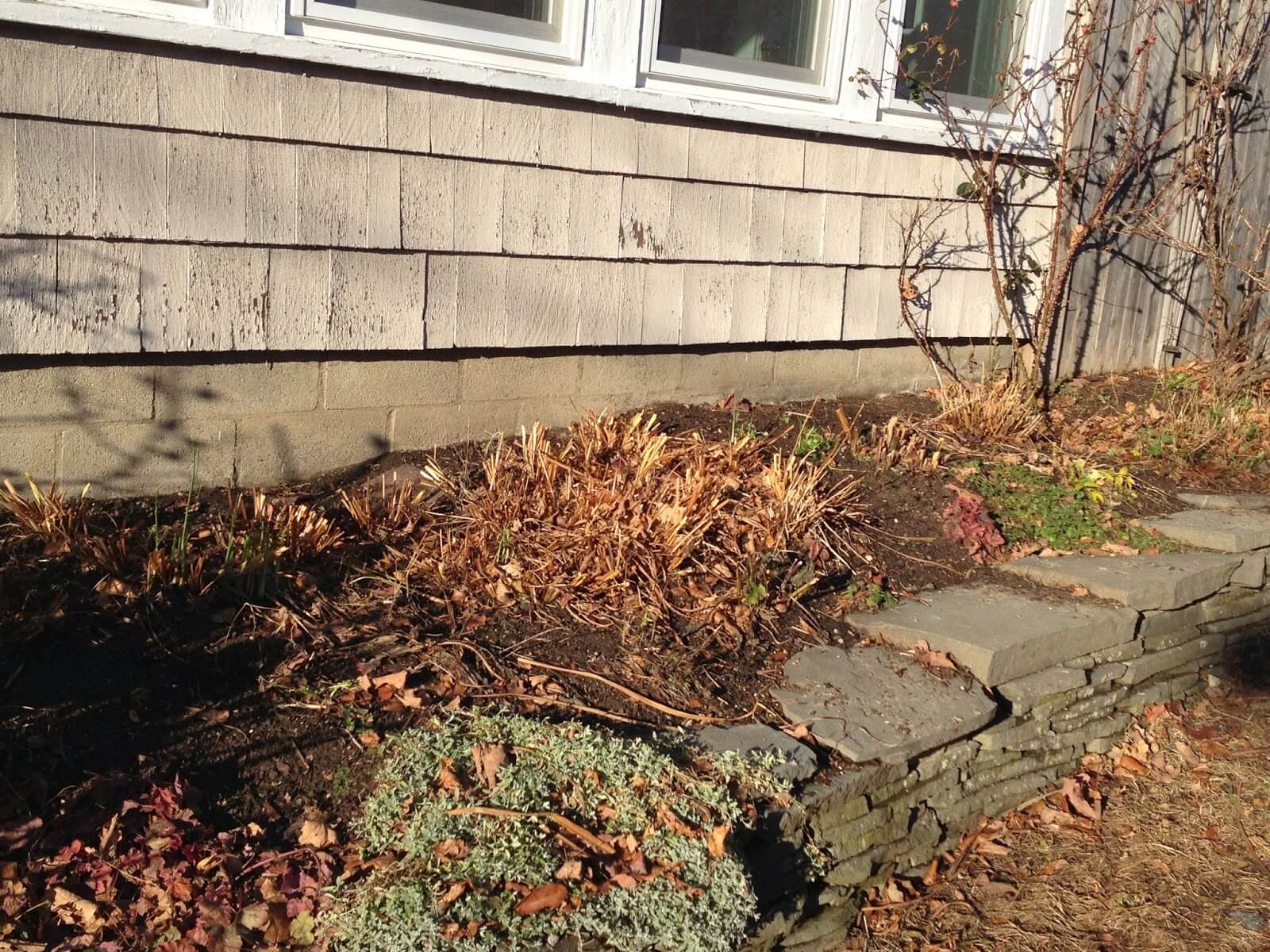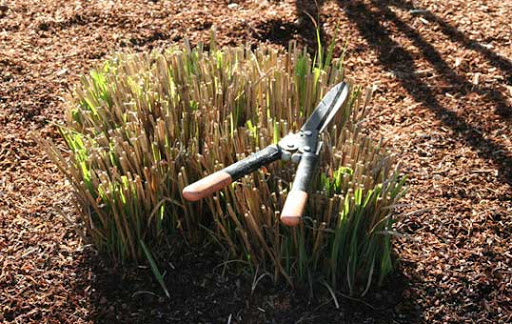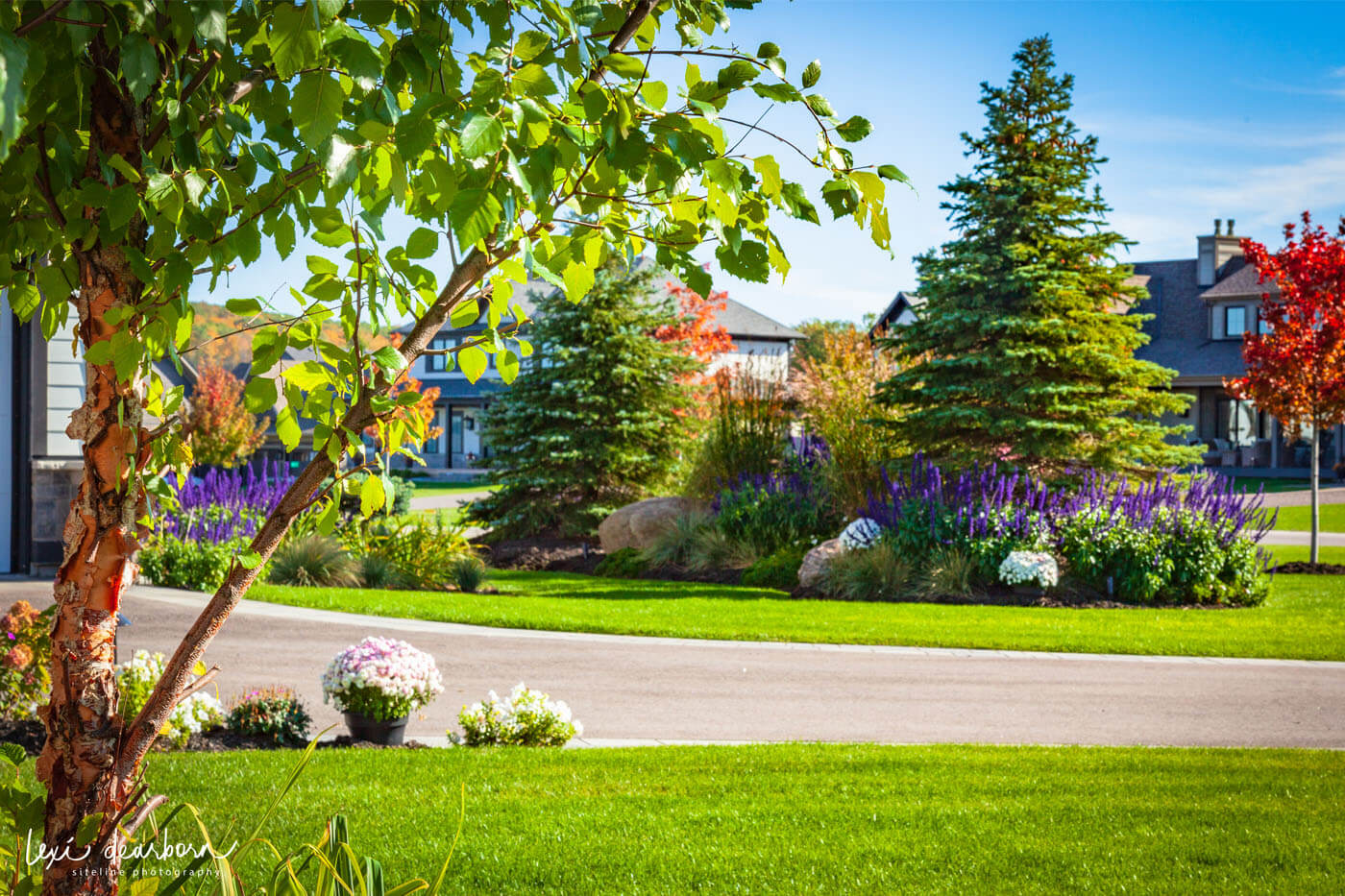
The Basics
Reality: We’re Already in Drought Conditions
We’re having a very dry spring with little rain and last winter there was very little snow. We’ve gone from winter to summer in just a few weeks. As a result, we are now experiencing very dry ground and soil conditions.
With a lack of natural moisture, you need to make sure your plants and trees receive adequate water. To get a visual understanding of how much water a tree, shrub, or perennial requires, think of it this way – a plant requires at least the same amount of water as the size of the rootball or container (when planted) at least 3 times per week. For example, if a shrub came in a 3-gallon container, you need to make sure the shrub receives at least 3-gallons of water directly to its roots at least 3 times per week, throughout the growing season. This will ensure your plants are getting a really good deep root soaking, not just a light shower foliage wash.
Think Carrots

I think the best example I can give is carrots. When carrots receive little water and not a deep soaking, they tend to be short, fat, and small. If carrots receive deep watering so that the soil is saturated, they grow longer, wider, and bigger. When plant roots receive only a light sprinkling of water on their foliage, they tend to develop small shallow roots that don’t spread into the ground, whereas plants that receive a deep, long watering directly to their roots tend to develop deep, far-reaching roots that are able to support healthy plant growth. Simply put – the larger the roots of a plant, the greater their ability to take up water and nutrients to support healthy growth.
Feeding Roots
If you haven’t fed your gardens and trees, now is the time to do so. You can apply an all-purpose granular fertilizer to your garden plants (shrubs, perennials and grasses) and apply a tree and shrub granular fertilizer to your coniferous and evergreen trees. Both fertilizers will need to be watered in well and deeply after feeding by either extending your irrigation timing or watering by hand with a garden hose. Fertilizer can be applied around the plant root zone (side-dress). Perennials need only a couple tablespoons of fertilizer, whereas large trees do best with a couple cups of fertilizer. Follow the manufactures instructions for application rates. Make sure to not allow fertilizer granules to cluster in the crown of the plants, as it may cause burning. If your plants are struggling this spring, apply a water-soluble fertilizer once per week for the next 4 weeks.
Grow Big Roots
We spend way too much time thinking about how pretty the top portion of the plant is with its pretty flowers and attractive leaves, and not enough time thinking about how very, very important the roots are to plant health. If you work to grow healthy plant roots by watering adequately and feeding your plants, your plants will develop roots that can support attractive leaves and pretty flowers. When trees, shrubs and perennials aren’t thriving, it is usually due to a lack of water. Plants can survive without fertilizer; they cannot survive and thrive without water. Plants in poor health from a lack of water tend to be more prone to diseases and pests. It’s nature’s way of culling weak plants.
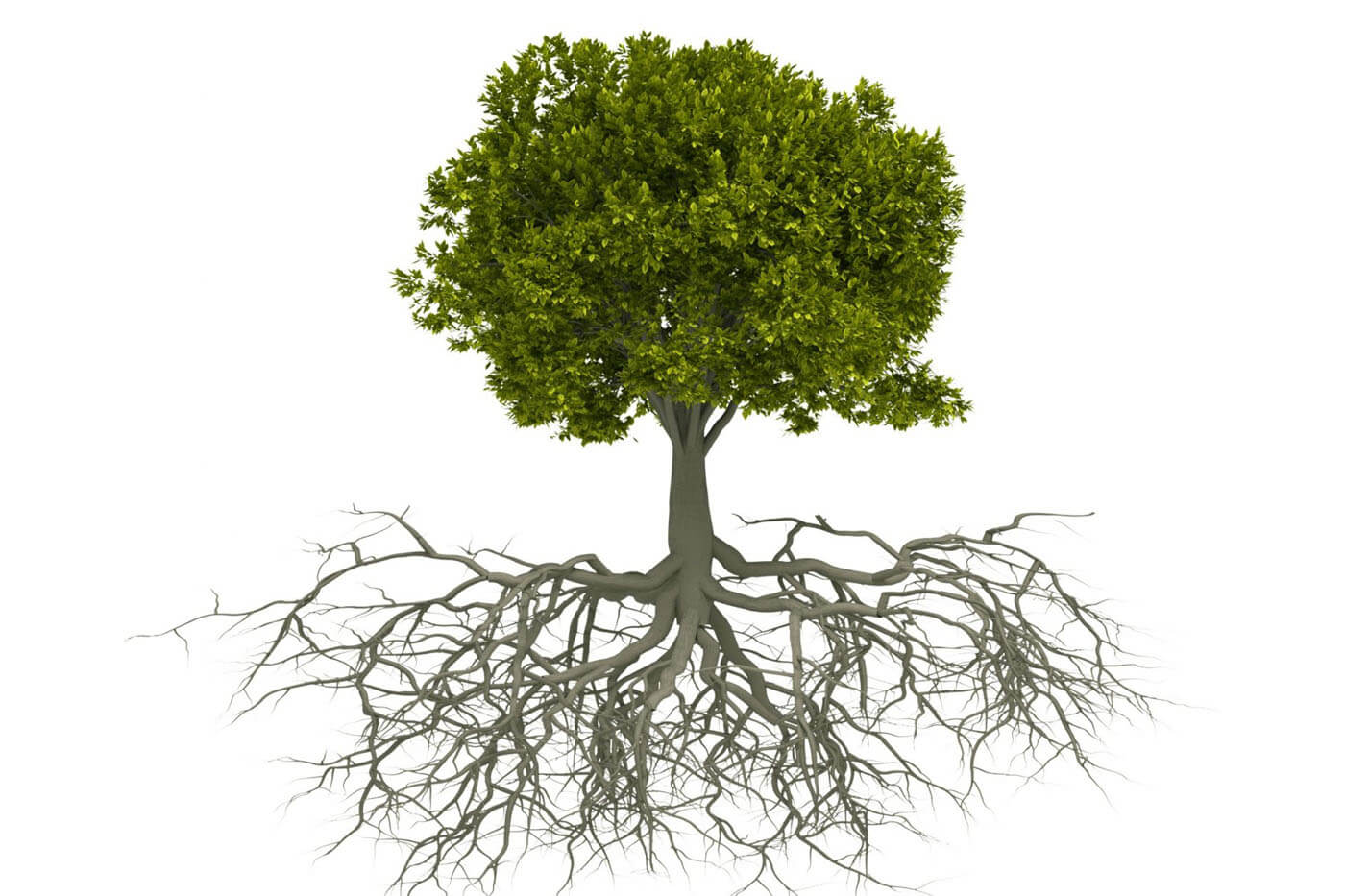
Spring Plant Damage
If you are seeing plant damage this spring, I strongly suggest it is from a lack of water at the time of planting, during last summer’s heat, and last fall’s drought. I’m seeing plants that are very hardy in our area completely gone this spring. With last summer’s heat, little winter snow, and even less spring rain, we are already in drought conditions. You cannot depend on an irrigation system to supply enough water to newly installed plants with small, immature root systems – any plants installed in the last 2 growing seasons. Extra water must be applied for these plants to thrive. If you have soaker hose system, please ensure the hose sits directly beside the plants and there is enough soaker hose to reach every plant. If you have a spray head system, please ensure water is not being blocked by taller plants. Flowering gardens with soaker hose require at least 1 hour and 15 minutes of water per session, whereas spray head systems require at least 45 minutes of water per session. This timing applies for the full growing season. If you are in an area with sandy soil, watering is your number one priority. Plants starting to wilt, the leaves of deciduous trees looking soft not ridged, and needles of coniferous trees dropping are sure signs your plants are not receiving adequate amounts water during watering sessions.
Water the Roots…Not the Leaves
Many plants have perished because they didn’t get sufficient water at the time of planting and during their first two growing seasons. If you want to grow healthy, strong plants in your yard, you need to promote strong, healthy deep roots systems.
Think Roots First!
Lexi – The Gabby Gardener
